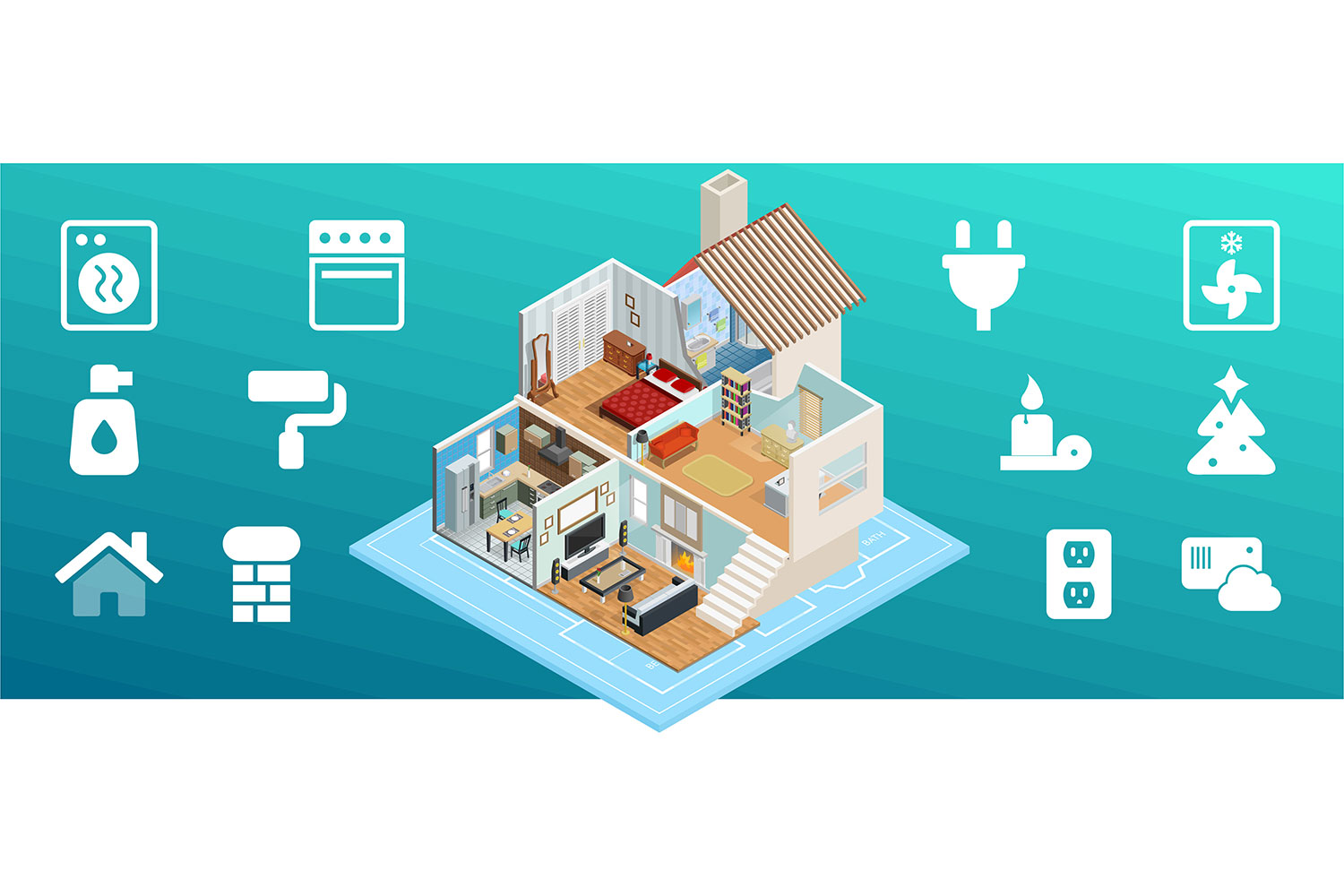
Sept. 11, 2020 | Tyler Difley
Domestic dangers: 12 common household hazards that could kill you
For many, home is the place where they feel the safest and most at ease. However, there are many hazards within the average house or apartment that can have dangerous, and even deadly, consequences if left unchecked. Luckily, most of these threats are easy to identify and even easier to avoid with just a little bit of knowhow.Here are 12 common household hazards and how to eliminate them:
Dryer lint
Emptying your dryer's lint screen/trap seems like a simple task, but it's also one that's easy to forget. Unfortunately, lint buildup in the dryer is a major fire risk. Be sure to empty your dryer's lint trap after each use and clean out the vent that leads outside regularly as well.
Gas appliances
Improper use of gas appliances (e.g., gas range, furnace, barbecue, etc.) can lead to a fire or explosion. However, these appliances also pose a threat of carbon monoxide (CO) poisoning. CO, the most common source of poisoning death, is the result of incomplete combustion and can build up in your home if you're not careful. Ensure your gas range is vented properly, your furnace is serviced at recommended intervals and you have a working CO alarm installed.
Extension cords
While they seem relatively benign, extension cords are a tripping hazard and damaged cords are the source of many fires each year. Ensure your extension cords are used properly (do not overload your home's circuits) and that all cracked or fraying cords are replaced immediately.
Leaky air conditioner
Older AC units that are broken or malfunctioning can start leaking freon, a gas used as a refrigerant that is toxic if inhaled in large quantities. Make sure to check your unit for leaks regularly, and if you detect one, call a professional ASAP.
Household cleaners
I shouldn't have to tell you not to eat or drink household cleaning products, but just in case you were considering it, many of these innocuous looking sprays and creams are poisonous if ingested. Mixing cleaning agents without doing your homework is just as hazardous. For example, mixing any product that contains bleach with another that contains ammonia can create a variety of toxic fumes, including chlorine gas.
Painting without proper ventilation
Paint fumes are toxic in high concentrations and highly flammable, so make sure you think about ventilation before you decide to slap on a new coat. Spray paint in aerosol cans adds the additional risk of explosion to the mix, so be careful not to place them near a heat source.
Candles
Candles are great for setting the mood, but don't forget about them, as they are a relatively common sources of house fires. Make sure you never leave lit candles unattended and try to limit the number of candles you use at once.
Real Christmas trees
Nothing really feels (and smells) like the real thing when it comes to Christmas trees. However, if not properly cared for, these symbols of holiday cheer are a major fire hazard. A dried-out Christmas tree is effectively kindling, and strings of Christmas lights can quickly become a fire starter under the right conditions.
The roof
Whether you're up there to clean out eavestroughs, put up Christmas lights, inspect shingles or shoo away a particularly pesky pigeon, climbing up to your home's roof can be a risky business. Proceed with caution, and remember that it's usually best to leave any labour-intensive roof work to the professionals.
Blocked chimney
If you have a wood-burning fireplace, soot can build up on the inside of your chimney over time. Without proper cleaning, this buildup can block smoke from escaping, creating a risk of house fire, lung damage and CO poisoning.
Damaged electrical outlets
A damaged electrical outlet can result in electrocution if you're not careful. If you spot any damage, do not use the outlet and be sure to call an electrician. Alternately, if you're feeling handy, you can attempt to replace the outlet yourself – just remember to turn off the power to that area of your home (or cut the breaker to the whole home) before you do it.
Old smoke and carbon monoxide alarms
These vital safety tools are your first line of defence against house fires and CO poisoning, but they're useless if they're not working. Make sure you test your alarms regularly and replace them every 10 years.
Tagged: air conditioning | Calgary | Calgary Real Estate | Calgary Real Estate News | carbon monoxide | Danger | With sympathy | Dryers | Feature | gas | Hazards | Home | House & Home | How To | How To | outlets | paint | Risk | Roof | smoke




